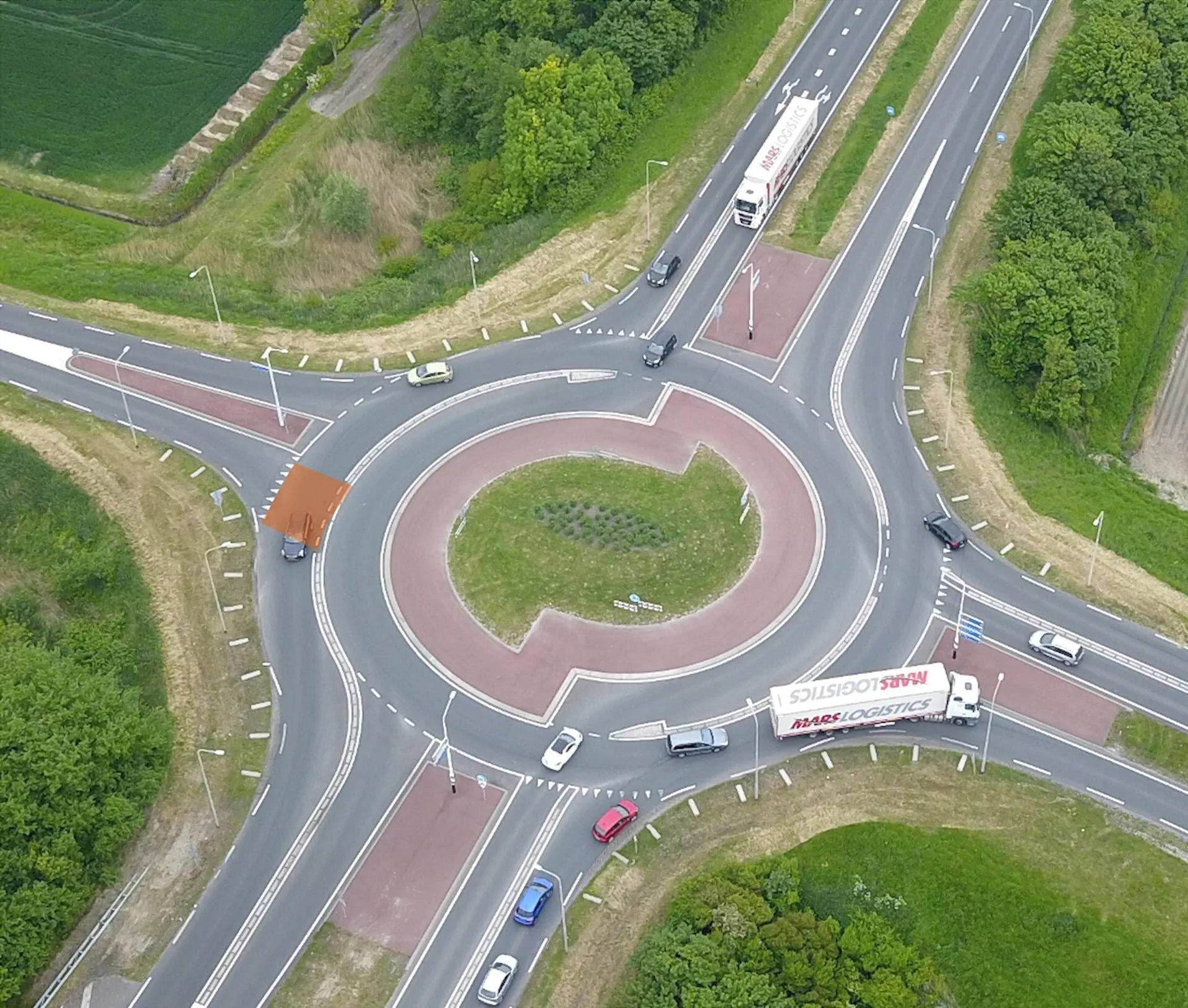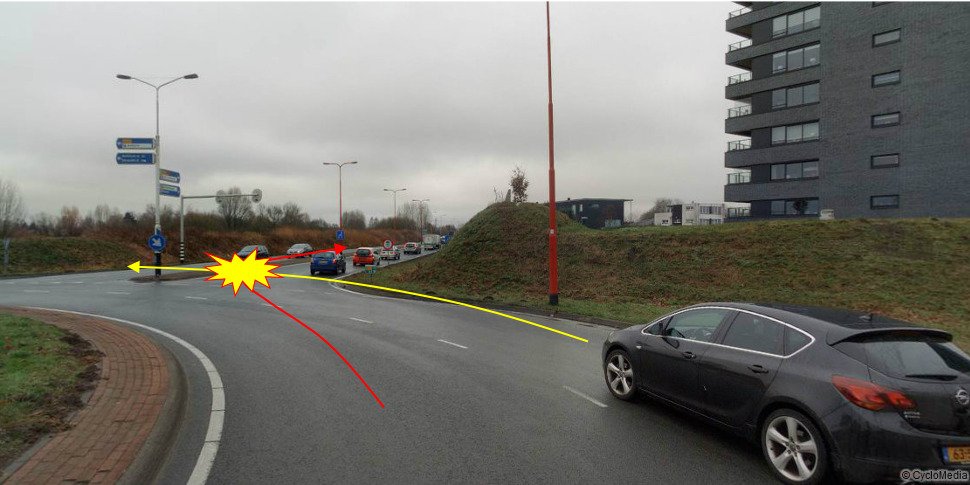30 years ago, the U.S. debuted its first modern roundabout. Now, experts are looking to implement the next phase in roundabout evolution – the turbo roundabout – to American roadways.

MINUTES
You have not accepted cookies yet
Thanks to the turbo roundabout design innovations, vehicles can enter and exit the Zeldertsepoort & Bunschoterstraat roundabout in a safe, organized manner.
Over the holidays, I re-watched one of my favorite Christmas classics, “Home Alone.” It’s hard to believe it’s been 30 years since its release. I can still remember families flocking to theaters in station wagons and minivans to watch Macaulay Culkin thwart the Wet Bandits’ burglary spree.
Little did we know then, but the way many American families got around town was about to change. That same year, the first modern roundabout made its debut in the U.S. What started as one little circular intersection in Summerlin, NV, soon grew to hundreds across the country. The safety benefits were a dramatic upgrade from traditional intersections. Many communities saw the fatalities and serious injury crashes significantly reduced at signalized intersections for minor fender benders within their new roundabouts.
The public latched onto the safer roundabouts and demanded that their communities build more. Not only did more get built, but they became more complex, with multiple lanes in each direction (referred to as 2x2 roundabouts by industry professionals). Unfortunately, the complexity of 2x2 roundabouts brought on an increase in crashes. While they typically weren’t serious, usually a fender bender, they still posed a problem for communities. Community leaders began to get questions about roundabouts such as “Are they really safe?”. Some community leaders are questioning whether or not they should even be building 2x2 roundabouts.
Dutch innovators design a turbo solution
As we were getting our feet wet with complex roundabouts, our Dutch friends across the pond began tinkering with a new idea. Despite having a couple of decades of experience with these more complex roundabouts, they were also searching for ways to avoid the minor crashes common to 2x2s. After years of work and innovation, the turbo roundabout was born.
Why the turbo roundabout is safer than 2x2s
What makes the 2x2 a challenge is that drivers can change lanes within the roundabout, even though they’re not supposed to. While this typically doesn’t cause an injury crash, it can easily lead to a minor crash.

The path of a vehicle changing lanes (red) interferes with the path of the vehicle in the outside lane (yellow).
In a turbo roundabout, the inside lane geometry spirals to the outside. That, along with the addition of a small curb (2-3” in height) placed between the lanes, adds a physical element that prevents vehicles from changing lanes within the roundabout.

The turbo roundabout design prevents drivers from changing lanes, reducing the leading cause for roundabout crashes.
Also, a typical U.S. roundabout has a considerable amount of deflection at its entry points. While this naturally slows vehicles entering the roundabout, it creates a longer crossing within the roundabout. The turbo roundabout directs vehicles to approach more radially, significantly reducing the distance a vehicle must clear when entering.
In some cases, the turbo roundabout has been shown to decrease crashes by 50% compared to traditional roundabouts. Watch the video below to see the turbo roundabout’s safety-improving design in action.
Advancing turbo roundabouts in America
For the past two years, I have been working with our Dutch colleagues to better understand the turbo roundabout and how to implement them in the U.S. We recently teamed with Vanasse Hangen Brustlin, Inc. to develop Advancing Turbo Roundabouts in the United States: Synthesis Report. In it, we examine the geometric design, capacity and operational performance, safety performance, and education and public outreach approaches for turbo roundabouts.
Making communities safer for all drivers is something I strive for in every project I work on. After collaborating with my Dutch colleagues and traveling to the Netherlands to see these turbo roundabouts in action, I am convinced the turbo roundabout is a solution to put in our toolbox.





